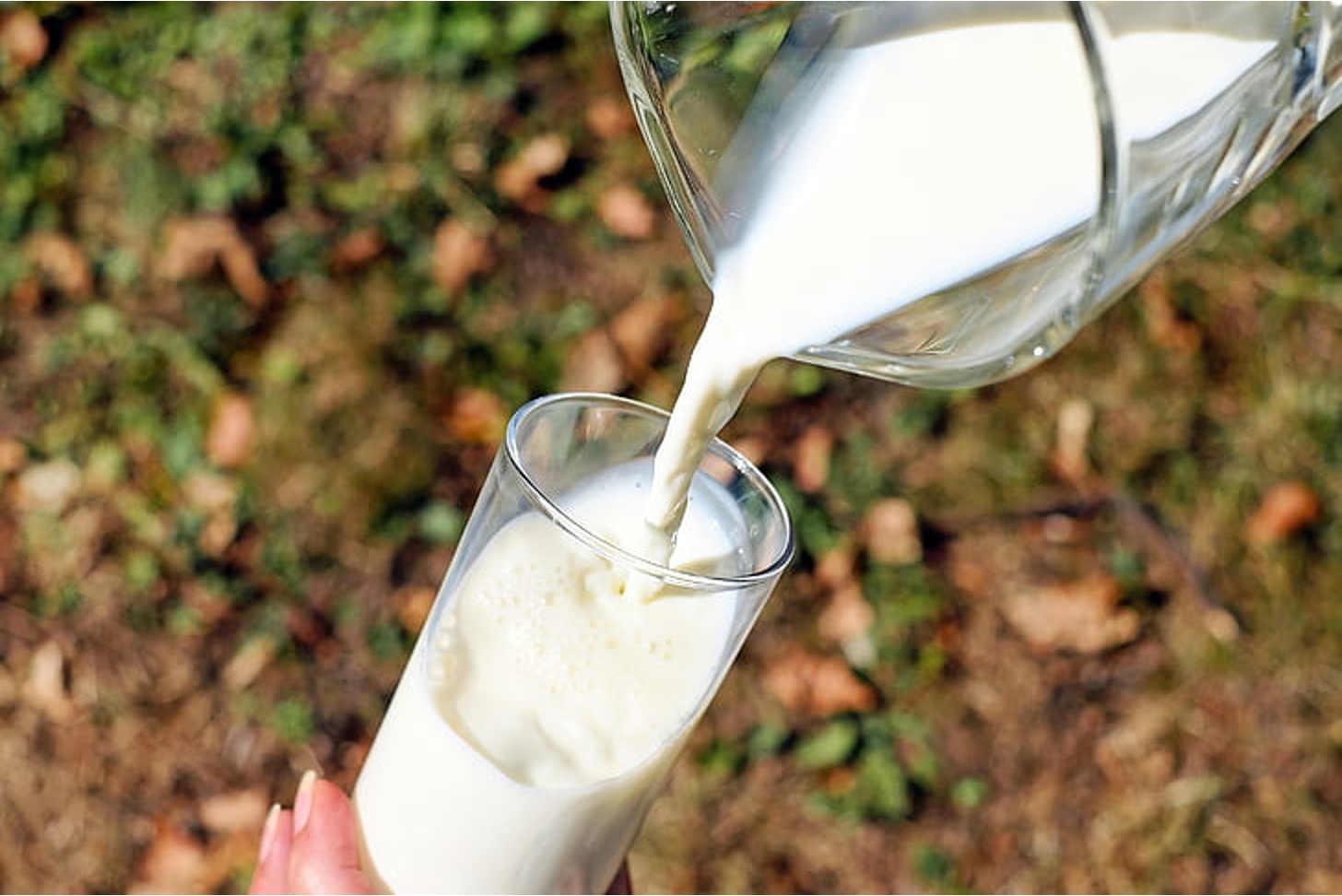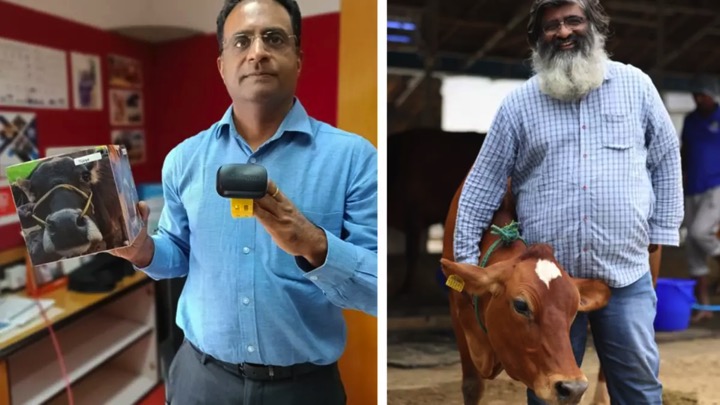An ongoing project is identifying the bacteria present in dairy processing environments to evaluate the impact on Listeria monocytogenes.
Teagasc in Ireland and the University of Veterinary Medicine Vienna in Austria are collecting samples from dairy processing plants and characterizing the microorganisms, with the aim being to prevent the presence of harmful pathogens.
The LmRNA project is gaining an understanding of Listeria monocytogenes’ response to dairy environment conditions. Mock communities of microorganisms are being created in the laboratory to mimic what is found in dairy environments. The role of other microorganisms is being investigated to determine their impact on Listeria monocytogenes.
A food processing environment is not sterile and the presence of some microorganisms in cheese production can be desired. During dairy processing, milk components may adsorb to surfaces enhancing attachment and biofilm formation.
Biofilm formation
The three-year project is using a metagenomics approach, with researchers looking at the microbiome of the environment, the most prevalent microorganisms and the interactions between those present in biofilms. Culture-based methods are being used to isolate live bacteria from these environments.
Scientists are carrying out biofilm formation of Listeria monocytogenes in the lab. They are using conditions often found in the dairy sector, including low temperatures, relevant growth media, flow regimes and surface materials such as stainless steel.
After entering a food processing environment, bacteria initiate biofilm formation with a reversible attachment to a surface. With time, these bacteria produce exopolymeric substances (EPS) which give the attachment that can only be lost if direct mechanical and chemical action is performed.
In time, biofilms grow and shed bacterial cells. This spreads the bacteria and may become the source of recurrent contamination. The biofilm EPS acts as a barrier for the diffusion of antimicrobials, leading to protection of the enclosed cells. The chemical nature of the EPS often leads to inactivation of sanitizers and cleaning agents used in the food industry.
Researchers aim to identify targets for antimicrobials, leading to improved strategies to prevent harmful pathogen persistence in the dairy industry.
Temperature and salt impact on Listeria
Another study by Spanish scientists has looked at Listeria in soft pasteurized milk and cured raw sheep milk cheeses.
Researchers at the University of Cordoba and the University of Burgos evaluated the impact of storage temperature and salt concentration on Listeria monocytogenes.
The team analyzed products at a temperature that reflected the refrigeration of the product at 4 degrees C, and another based on storage at room temperature of 22 degrees C (71 degrees F). Results showed the bacteria survived better at lower storage temperatures, according to the study published in Food Microbiology.
They found that reduced salt concentration in soft cheeses did not affect the behavior of the microorganism.


























